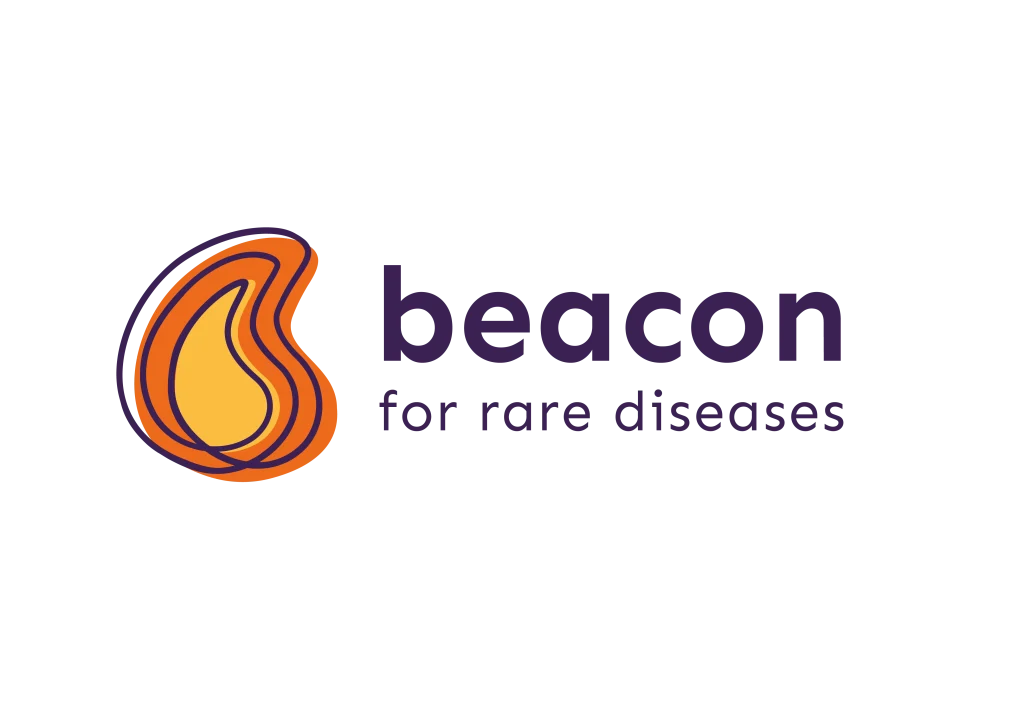If your charity has a finger in lots of pies, running several different projects and programmes, that’s brilliant – but it can be challenging to quickly and clearly explain who you are to a member of the public.
However, what you do isn’t your vision. Your vision is what motivates all of the many things your charity does, and that’s something you can sum up very briefly. It’s how you want things to be different as a result of your charity’s work. It’s the future you want to see. For example, Guide Dogs have a vision/ambition statement that underpins all of their work which is wider than just training dogs:
“Our ambition is a future where every person with sight loss has the confidence and support they need to live their lives to the full.”
Communicating your vision effectively
To communicate the point of your charity effectively, first ask yourself: what is the problem or need that your charity was set up to solve?
How is your charity uniquely placed to meet that need? Is there nobody else tackling this problem? Are you doing it in a different, more effective way? Are you the only ones filling a niche that was overlooked?
Finally, how exactly do you meet this need? What are your projects and programmes?
When you have a lot of projects and programmes, you might find that a big chunk of your existing supporters only know about one thing you do – perhaps they came on board through one specific project, but you would like them to be more aware and supportive of the full range of things you do. Since everything you do comes out of the same one vision – a vision they doubtless share – they’re likely to be interested if you communicate the big picture well enough.
Sharing the big picture
One way you could do this is through your regular email news. Why not focus on a certain theme or project for a couple of weeks or months at a time, sharing stories and facts from that area of your work, and then move on to another area for the next couple of editions until you have covered the whole scope of your charity’s work over the year? This way you are continually taking your supporters on a balanced journey through your whole vision and mission, whenever they join your email list. Supporters of one particular project can eventually become supporters of your charity as a whole, more likely to give funds to other things you are doing which share the same vision.
Attribution
At the same time, keep a note of how each supporter came on board. Because if they have a passion for one of your projects in particular, they’re the people to approach first when that project develops or needs extra funding one day.






